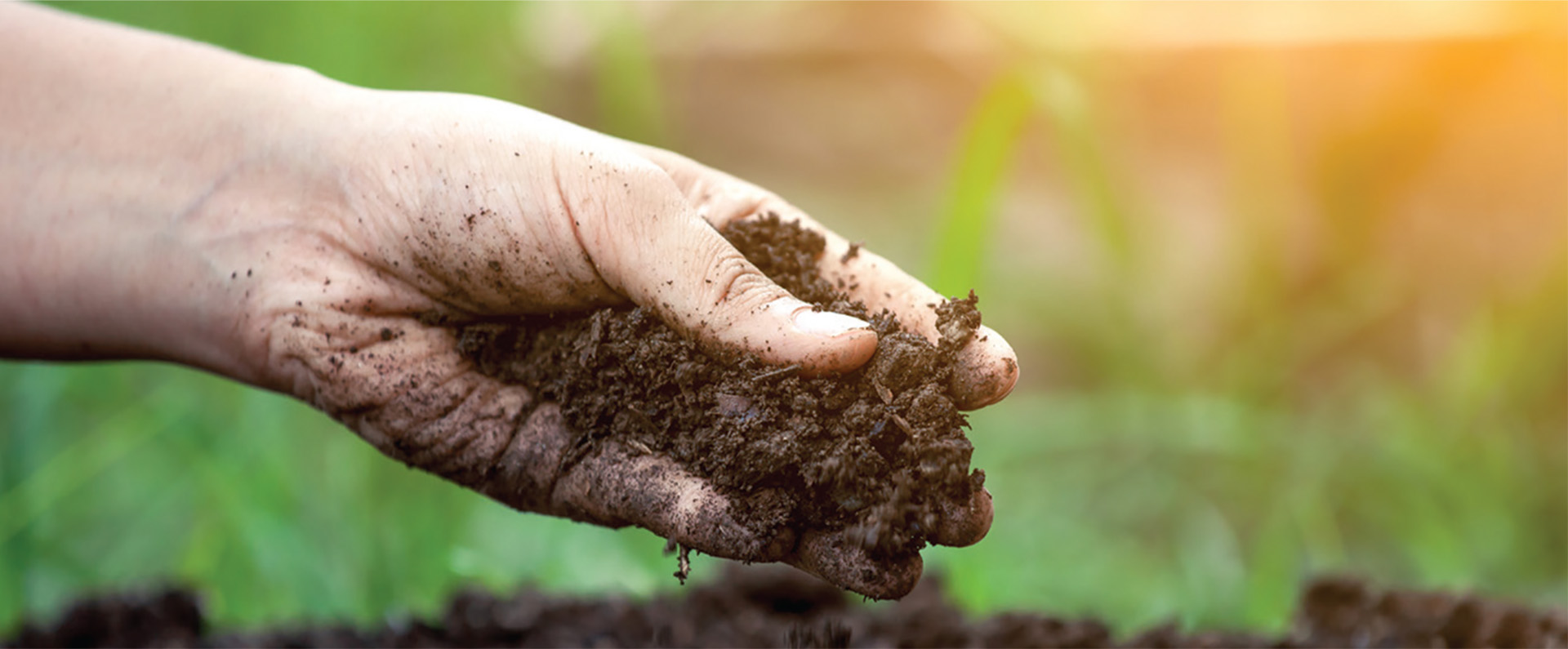Probing the Depths of Soil Water Levels
Ever try using a divining (or dowsing) rod to locate water beneath the soil? The practice has been around for millennia, but farmers today need something more reliable and precise in helping them decide how much and when to irrigate their crops.
ARS researchers recently borrowed from advances in smartphone chip technology to develop state-of-the-art sensors that estimate soil water levels using readings from electromagnetic pulses. Using the chip technology, the researchers shrank the size, cost, and power needs of the sensors—features important to field use and making crop irrigation decisions.
The latest refinements include hardware for transmitting the sensor’s soil-water data to the Cloud—a collection of remote computer servers—where famers can view it. Irrigation control systems can also tap this Cloud data to automate the delivery of prescribed amounts of irrigation water to crops—specifically to where and when they need it. This is especially critical to "deficit irrigation," a practice that gives crops just enough water for a profitable yield—but leaves little room for error.
ARS researchers in Bushland, TX, continue to refine the technology in collaboration with Acclima, Inc., a company that sells three commercial models of the sensors to farmers worldwide.



